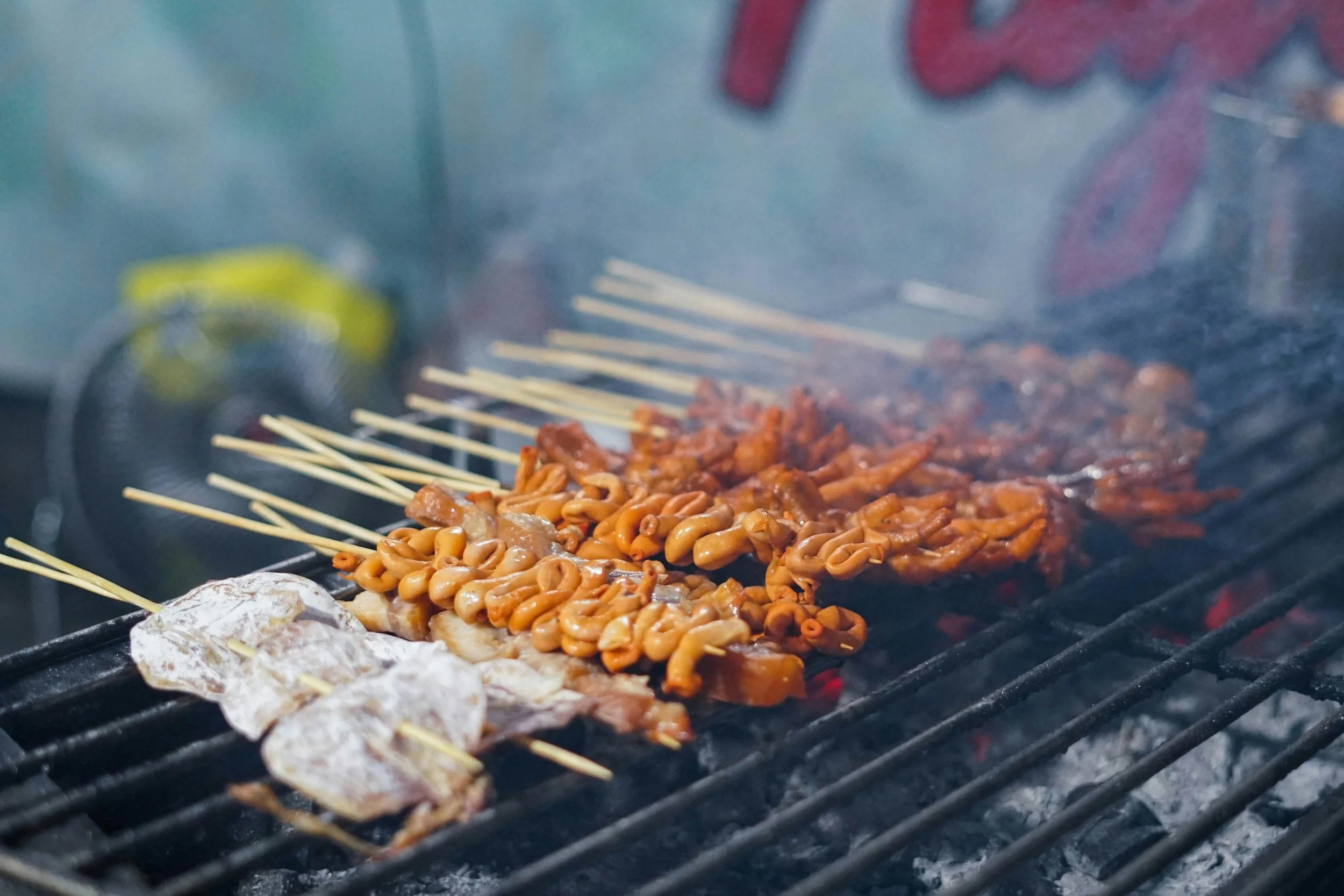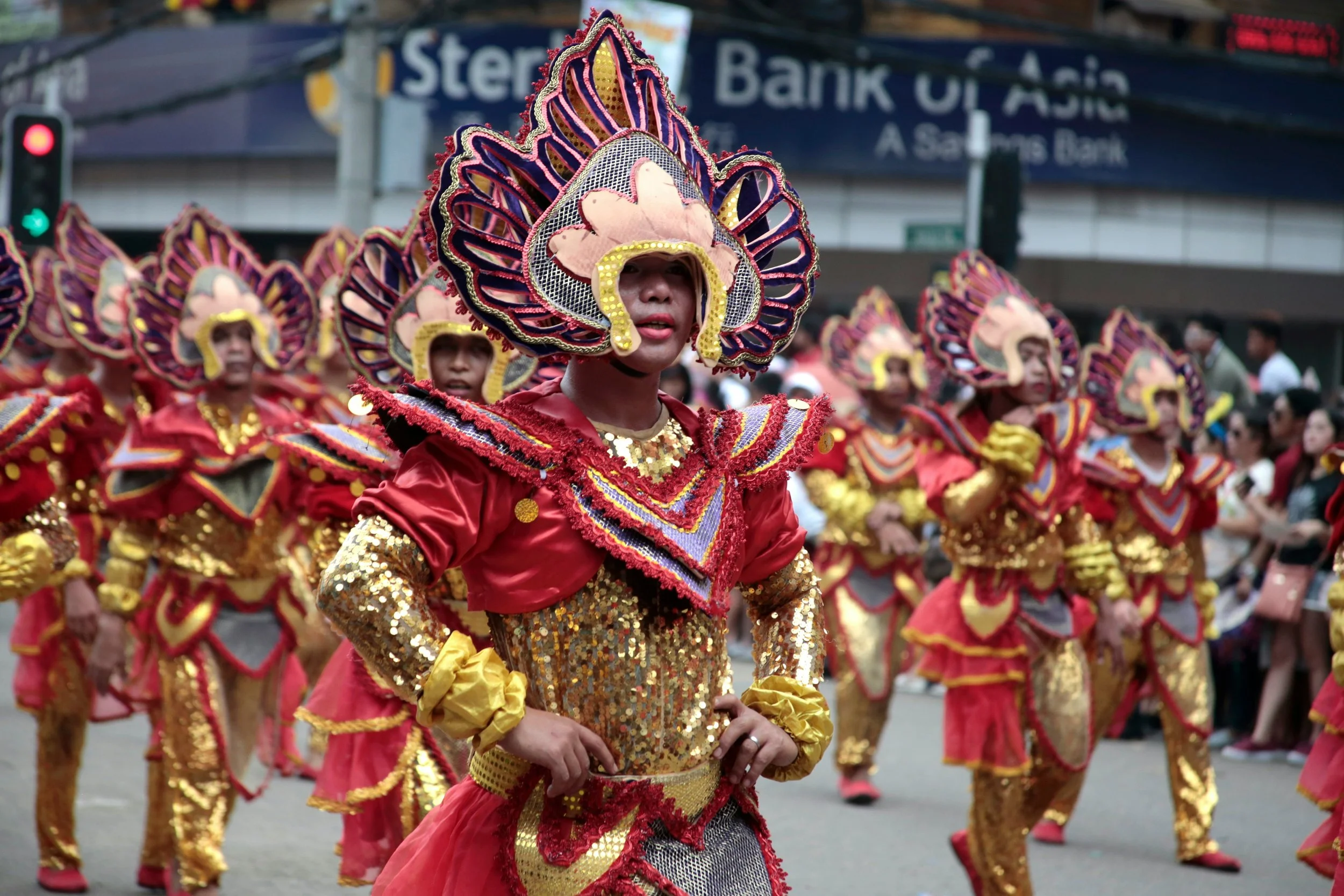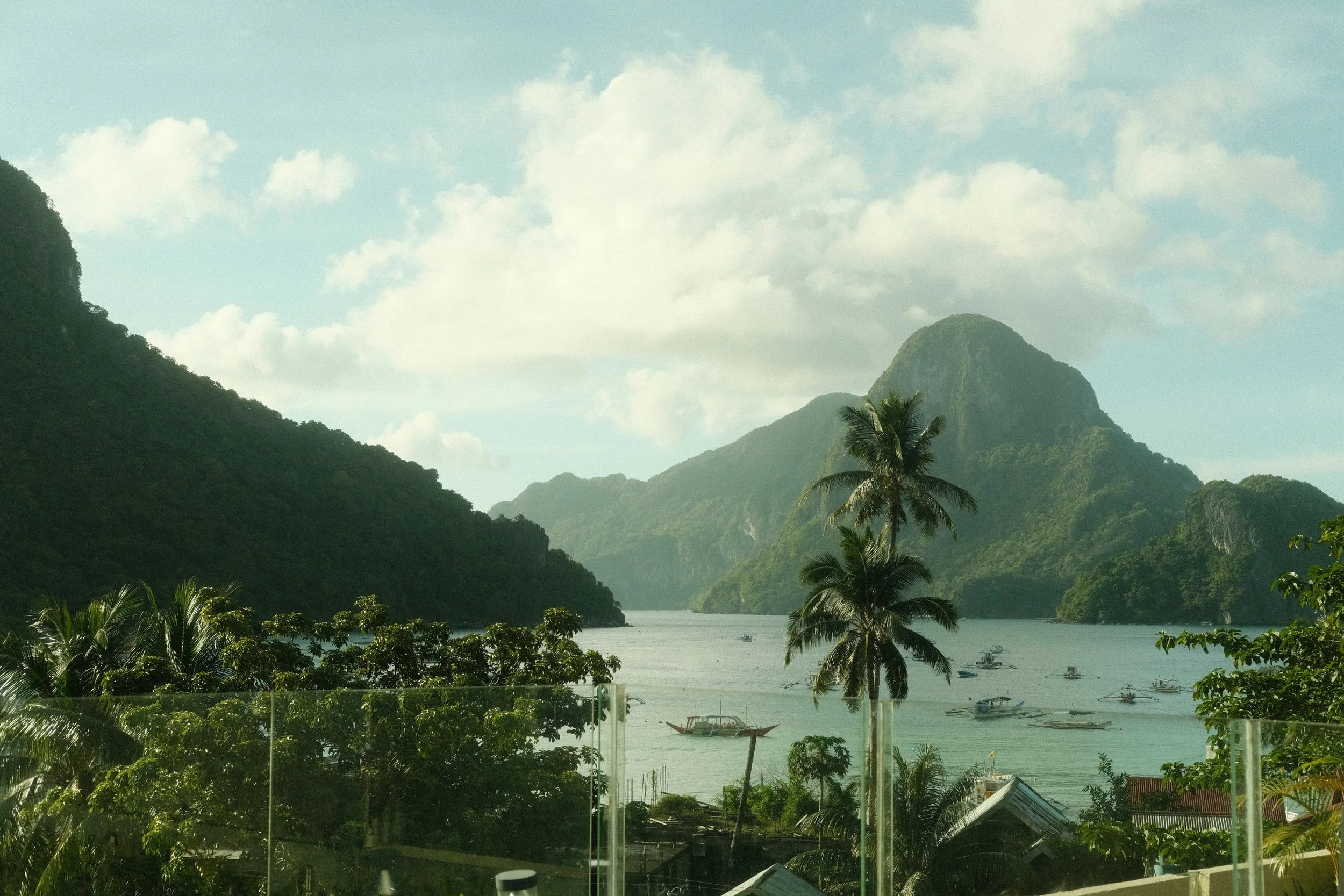
LIGAYAFEST❤️ 2025🇵🇭
@Kitchenfinity Hosted by AgendaVA❤️
Welcome to Ligayafest 🇵🇭 2025
LigayaFest2025 celebrates our filipino culture,identity and rich history.
-

Our Culture❤️
Filipino culture is a mix of native traditions, Spanish influence, and modern global trends. Family is very important, with extended families often living nearby and helping each other. Hospitality, called "kapwa," means guests are welcomed warmly and given lots of food. Festivals, or "fiestas," honor saints with colorful parades, dances like the tinikling, and lively music. Filipino food shows its mixed roots with dishes like adobo, sinigang, and lechon. People speak Filipino, English, and many local dialects. Respect for elders, or "paggalang," is shown by touching their hand to your forehead. Catholicism shapes many customs and holidays. Filipinos are known for their strength and humor, blending tradition with modern life. This mix appears in their fashion, music, and art—styles from the 80s, 90s, and Y2K that a vintage store like Agenda Virginia would love to celebrate.
-

Our Heritage❤️
Celebrating the Philippines’ Heritage
A blend of indigenous, Asian, Spanish, and American influences shapes Filipino culture.Traditional Arts
Crafts like weaving, pottery, and wood carving stand out, with Mindanao’s inaul fabric and T’boli beadwork as highlights.Festivals
Ati-Atihan, Sinulog, and Panagbenga bring communities together through music, dance, and vibrant costumes.Food
Dishes like adobo, lechon, and halo-halo mix local and global flavors, telling cultural stories.Language and Literature
Over 170 languages, including Tagalog and English, share stories from ancient epics to modern tales.Music and Dance
Instruments like the kulintang and dances like tinikling connect the past with today’s music styles.Honoring the Philippines means embracing its proud, diverse culture from tribes to cities.
-

Our History❤️
Filipino history spans thousands of years, shaped by migration, colonization, resistance, and cultural fusion. Originally inhabited by Austronesians (~3000 BCE), the islands had independent barangays led by datus, trading extensively with neighboring Asian cultures. Spanish colonization began in 1521, introducing Christianity, new social structures, and global trade links. Filipino nationalism led to the 1896 revolution against Spain and a brief 1898 independence before U.S. control via the Treaty of Paris. American rule modernized the country but faced resistance. Japanese occupation occurred in WWII, after which the Philippines gained full independence in 1946. Post-independence faced dictatorship until the 1986 People Power Revolution restored democracy. Today, the Philippines is a vibrant democracy blending its rich indigenous, Asian, Spanish, and American heritage.
